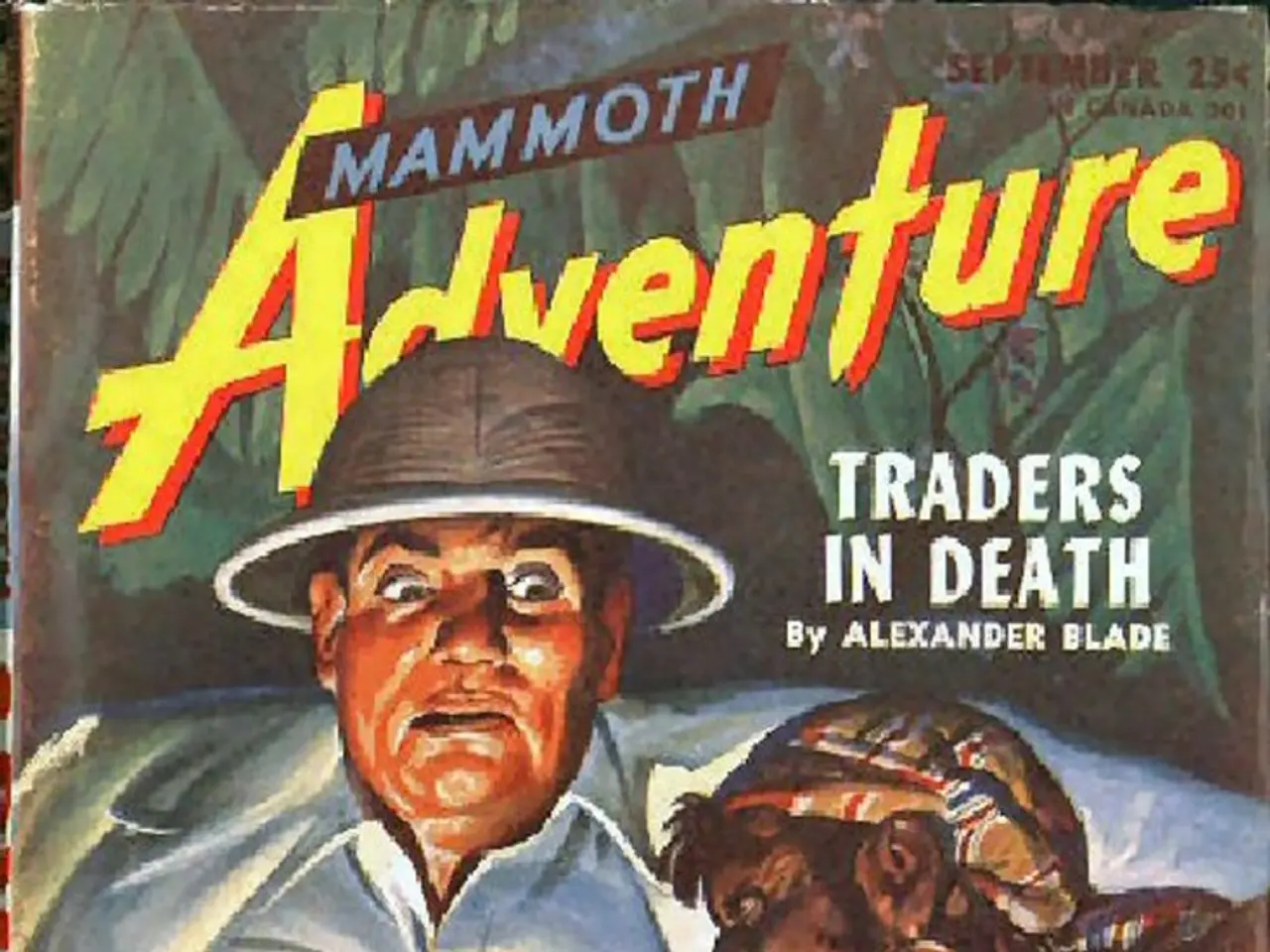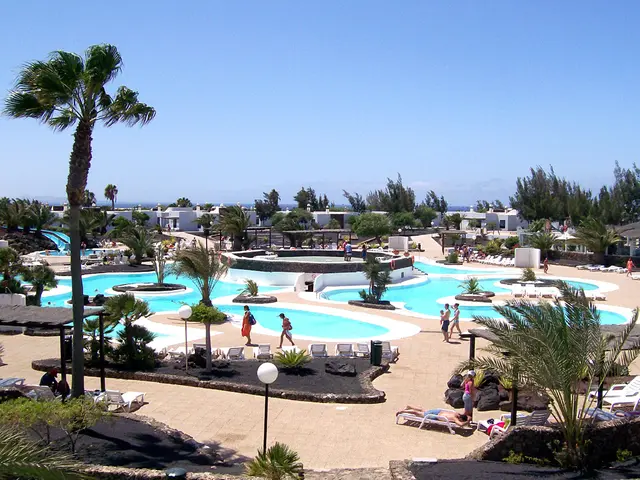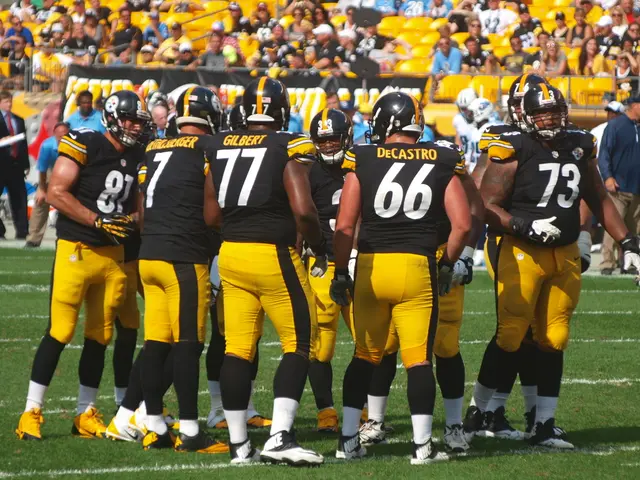Biblical Adventures of Vincent
In the world of art, Vincent van Gogh's Still Life with Bible (1885) stands as a compelling testament to the artist's complex and deeply personal spiritual vision. The painting, created just months after his father's death, is a masterpiece that challenges traditional interpretations of van Gogh's religious faith, particularly as reflected in his work.
Kathleen Powers Erickson, in her book At Eternity's Gate: The Spiritual Vision of Vincent van Gogh, offers a fresh perspective on van Gogh's religious outlook. Erickson argues that van Gogh's faith was not limited to orthodox Christianity but was a profound inner experience that profoundly influenced his art. In the case of Still Life with Bible, Erickson views the painting as emblematic of van Gogh’s struggle and nuanced relationship with Christianity.
The Bible, prominently featured in the work, is treated not simply as a scriptural text but as a symbol of van Gogh’s enduring spiritual quest and his wrestling with faith, doubt, and redemption. Erickson interprets the painting as reflecting both van Gogh’s reverence for religious tradition and his effort to transcend literal doctrine toward a more intimate, emotional spirituality.
Van Gogh's use of the color yellow, a recurring motif in his art that represents the divine presence, is also evident in Still Life with Bible. This choice underscores the painting's spiritual significance, placing it within the broader context of van Gogh's artistic oeuvre.
The painting's interpretation contrasts with views that see van Gogh’s religious faith as either straightforwardly devout or abandoned after his early ministry attempts. Instead, Erickson portrays his faith as evolving, complex, and inseparable from his artistic expression, where spiritual themes recur not as dogma but as deeply felt existential and mystical concerns.
This approach encourages a reading of van Gogh that acknowledges his spiritual struggles and mystical inclinations, expanding the understanding of his art beyond traditional biographical or purely aesthetic frameworks to include his rich inner religious vision.
The article was first published on the author's blog, Weekly Word, and was later published in Evangelical Focus under the section Window on Europe. The author, Jeff Fountain, is the Director of the Schuman Centre for European Studies.
In 1888, Vincent wrote to his friend Emile Bernard expressing his belief in the Bible as "Christ," stating that it leads towards a "summit" and that Christ lived as an "artist greater than all artists." This belief is evident in Still Life with Bible, a work that symbolizes a contrast between the artist's relationship with his father and modern life, as depicted in Emile Zola's book La Joie de Vivre.
Thus, Still Life with Bible is not merely a religious still life but a visual meditation on faith’s role in van Gogh’s life and work. It serves as a powerful reminder of the artist's spiritual journey and the profound impact of faith on his artistic expression.
[1] Erickson, Kathleen Powers. At Eternity's Gate: The Spiritual Vision of Vincent van Gogh. Oxford University Press, 1996.
Read also:
- Today's most impactful photographic moments
- Support for Eric Adams in The Post's Letters to the Editor on August 13, 2025
- Roosting Shark and Rambunctious Red Squirrels: Unconventional House Rental in Yorkshire Involving Aquatic Marvel, Squirrely Mayhem, and Mystical Planning Regulations
- Legal Dispute Dismissed with Humor: Supreme Court Laughs off Another Civil Matter Mislabeled as Criminal Prosecution








